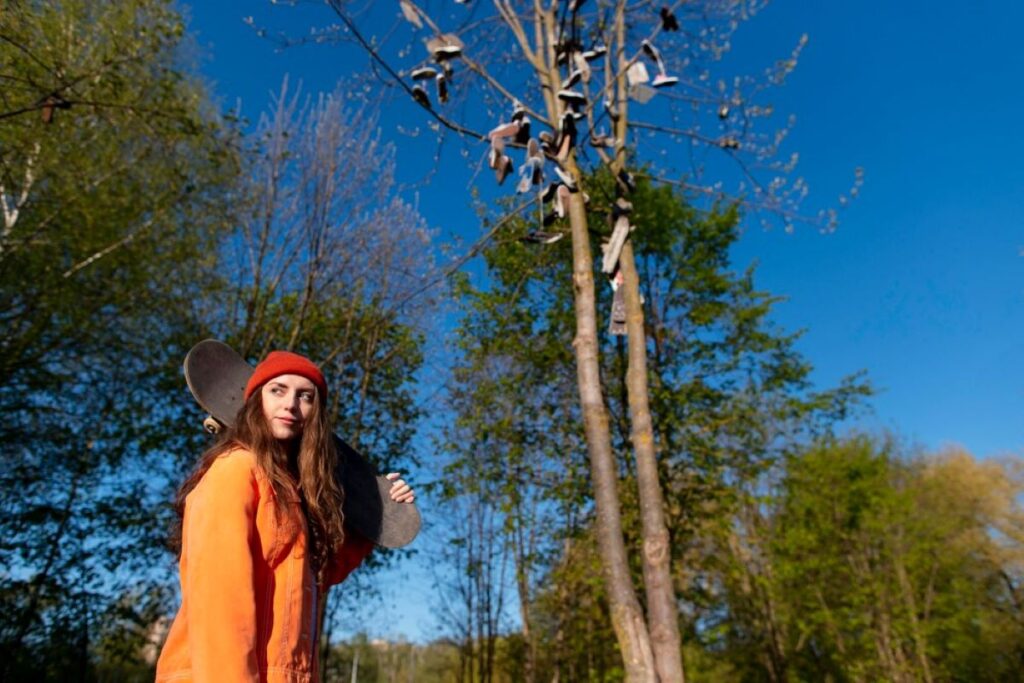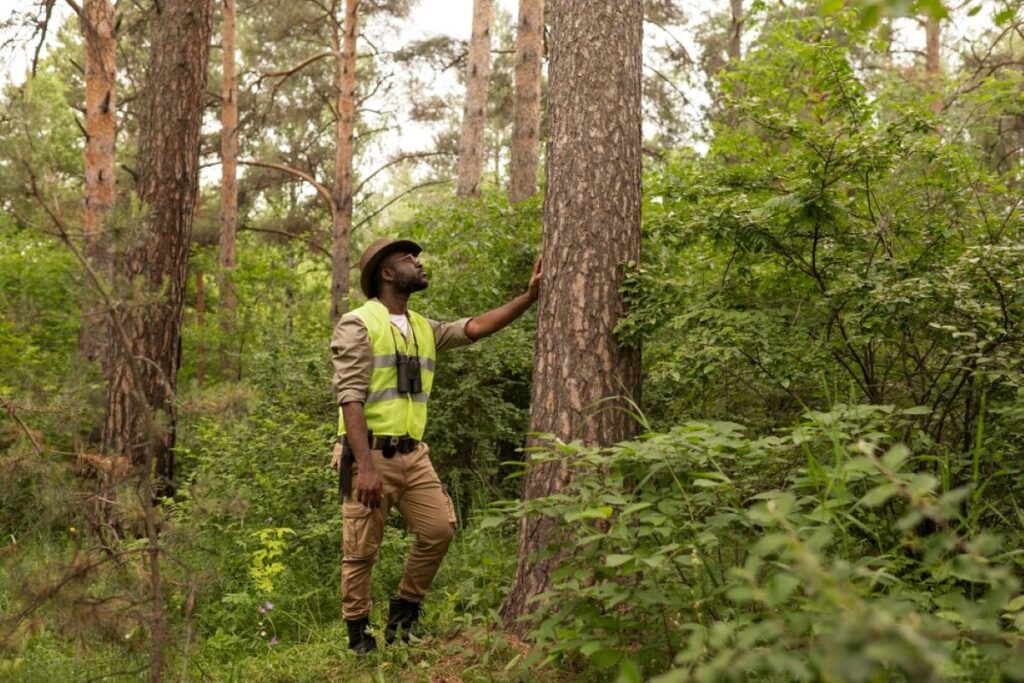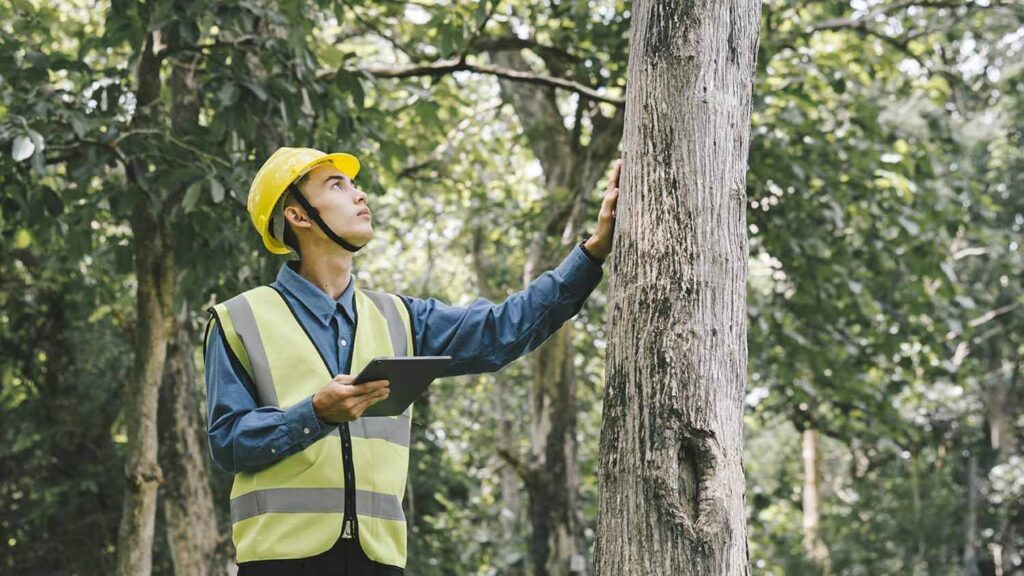Tree removal can be a contentious issue for homeowners. While some may see it as a necessary step for property maintenance or safety, others may be concerned about the environmental impact and local regulations. Understanding the rules governing tree removal is crucial for homeowners who wish to avoid fines and ensure compliance with local laws. This article aims to provide a comprehensive overview of tree removal regulations, helping homeowners navigate the often complex landscape of local council requirements.
Understanding Tree Preservation Orders
One of the primary regulations that homeowners should be aware of is the Tree Preservation Order (TPO). A TPO is a legal order made by a local planning authority to protect specific trees or woodlands from being cut down, topped, lopped, or uprooted without permission. These orders are crucial for maintaining the natural environment, preserving biodiversity, and ensuring that the landscape remains aesthetically pleasing for future generations. Trees play a vital role in carbon sequestration, air quality improvement, and providing habitats for various wildlife species, making TPOs an essential tool in environmental conservation.
What Trees Are Protected?
Not all trees are subject to TPOs. Typically, trees that are considered to be of significant amenity value, ecological importance, or historical relevance are protected. This can include mature trees in gardens, parks, and woodlands. Homeowners should check with their local council to determine whether their trees are protected under a TPO. Additionally, certain species, such as ancient oaks or veteran trees, may receive special consideration due to their age and the unique ecosystems they support. It is also worth noting that TPOs can extend to groups of trees or entire woodlands, recognising the collective value they provide to the landscape and community.
How to Check for a TPO
To find out if a tree is protected by a TPO, homeowners can contact their local council’s planning department. Many councils also provide online databases where residents can search for TPOs by address. It is important to conduct this check before any work is undertaken, as breaching a TPO can result in significant fines and legal repercussions. Furthermore, if a homeowner is considering any alterations to their property that may affect nearby trees, it is advisable to consult with an arborist or tree specialist. These professionals can offer valuable insights into the health of the trees and the potential impact of construction work, ensuring that both the trees and the property are safeguarded. Engaging with the local community and participating in tree planting initiatives can also foster a greater appreciation for the importance of trees and the regulations that protect them.
When Is Permission Required?
Permission is generally required before any work is carried out on a tree protected by a TPO. This includes not only complete removal but also any significant pruning or alteration. Homeowners must submit an application to their local council detailing the proposed work.
Application Process
The application process typically involves filling out a form and providing supporting documentation, such as photographs and a description of the tree’s condition. Councils usually have a set timeframe within which they must respond to the application, often around eight weeks. During this period, they may consult with tree specialists or other relevant parties to assess the request.
Exemptions to the Rule
There are some exemptions where permission is not required. For instance, if a tree poses an immediate danger to life or property, homeowners may be allowed to act swiftly without prior consent. However, it is advisable to inform the local council as soon as possible in such situations to avoid potential penalties later.

Local Council Regulations
In addition to TPOs, Council Tree Removal may have specific regulations that vary from one area to another. These regulations can cover aspects such as the types of trees that can be removed, the methods of removal, and the time of year when tree work can be carried out.
Types of Trees and Their Regulations
Councils often categorise trees based on their species, size, and condition. Certain native species may be protected under local biodiversity regulations, while invasive species may be targeted for removal. Homeowners should consult their local guidelines to understand the specific regulations that apply to different types of trees.
Seasonal Restrictions
Many councils impose seasonal restrictions on tree work to protect wildlife, particularly nesting birds. For example, tree removal or significant pruning is often prohibited during the breeding season, which typically runs from March to August. Homeowners should be mindful of these restrictions when planning any tree work.
Consequences of Non-Compliance
Failing to comply with tree removal regulations can lead to serious consequences. Homeowners may face hefty fines, and in some cases, they may be required to replace the tree that was removed. Understanding the potential repercussions is vital for anyone considering tree work.
Fines and Penalties
The fines for breaching a TPO can vary significantly depending on the severity of the offence and the local council’s policies. In some cases, fines can reach thousands of pounds. Additionally, councils may pursue legal action against homeowners who do not comply with regulations.
Restoration Orders
In addition to fines, councils may issue restoration orders requiring homeowners to replant trees or restore the area to its previous state. This can be both costly and time-consuming, making it essential to adhere to regulations from the outset.
Engaging Professionals for Tree Removal
Given the complexities of tree removal regulations, many homeowners opt to engage professional arborists or tree surgeons. These experts not only understand the legal requirements but also possess the skills and equipment necessary to carry out tree work safely and effectively.
Choosing a Qualified Arborist
When selecting an arborist, homeowners should look for qualifications and certifications, such as those from the International Society of Arboriculture or the Arboricultural Association. It is also advisable to request references and check reviews to ensure the professional has a good track record.
Obtaining Necessary Permits
A reputable arborist will be familiar with the local regulations and can assist homeowners in obtaining any necessary permits. This can save time and reduce the risk of non-compliance, allowing homeowners to focus on the benefits of tree removal without the stress of navigating regulations alone.
Best Practices for Tree Care
While some trees may need to be removed for safety or aesthetic reasons, proper tree care can often mitigate the need for removal. Homeowners should consider regular maintenance practices to keep their trees healthy and minimise risks.

Regular Inspections
Conducting regular inspections of trees can help identify potential issues before they become serious problems. Homeowners should look for signs of disease, decay, or structural weaknesses. Early intervention can often save a tree and prolong its life. You may like to visit https://roxyrosewedding.com/arborist-sydney-vs-diy-why-expert-guidance-matters/ to get more about Arborist Sydney vs. DIY: Why Expert Guidance Matters.
Proper Pruning Techniques
Pruning is an essential part of tree maintenance that can enhance the health and appearance of a tree. Homeowners should educate themselves on proper pruning techniques or hire a professional to ensure that the work is done correctly. This can help prevent the need for removal in the future.
Conclusion
Navigating tree removal regulations can be a daunting task for homeowners, but understanding the rules can prevent costly mistakes and ensure compliance with local laws. By familiarising themselves with TPOs, local council regulations, and the importance of engaging professionals, homeowners can make informed decisions regarding tree care and removal. Ultimately, a proactive approach to tree management not only protects the homeowner’s investment but also contributes to the overall health of the local environment.

